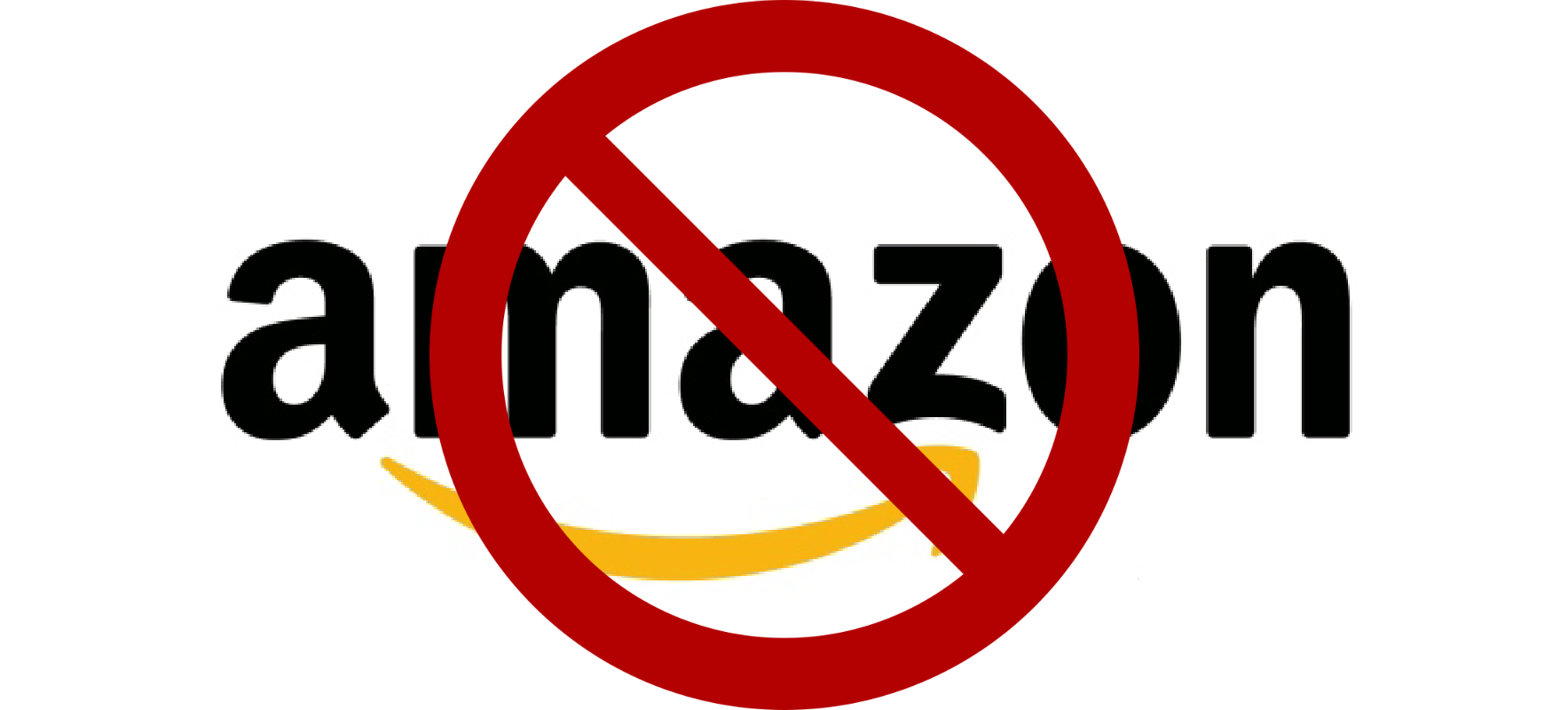Darren Campbell’s FBA Brand Builder program touts financial freedom through Amazon success, but is it really setting you up for long-term sustainability? Over-dependence on Amazon leaves sellers vulnerable to rising fees, shifting policies, and a complete lack of customer control. A future-proof business needs more than just an Amazon listing—it requires diversification, independence, and strategic planning.
Here’s what Darren won’t tell you: his £6.5K program relies on you knowing very little and buying into carefully curated success stories.
The Dangers of an Amazon-Only Strategy
1. Rising Fees Eat Into Your Profits
Amazon’s fees continue to rise, squeezing already thin profit margins. Recent hikes include:
- Inbound Placement Service Fee: An extra $0.27 per unit for standard-sized items and $1.58 for bulky products.
- Low-Inventory-Level Fees: Penalties for maintaining less than four weeks of inventory, making stock management even tougher.
When you rely entirely on Amazon, these fees aren’t just annoying—they’re devastating. You have zero control over future increases, leaving your business at the mercy of Amazon’s pricing whims.
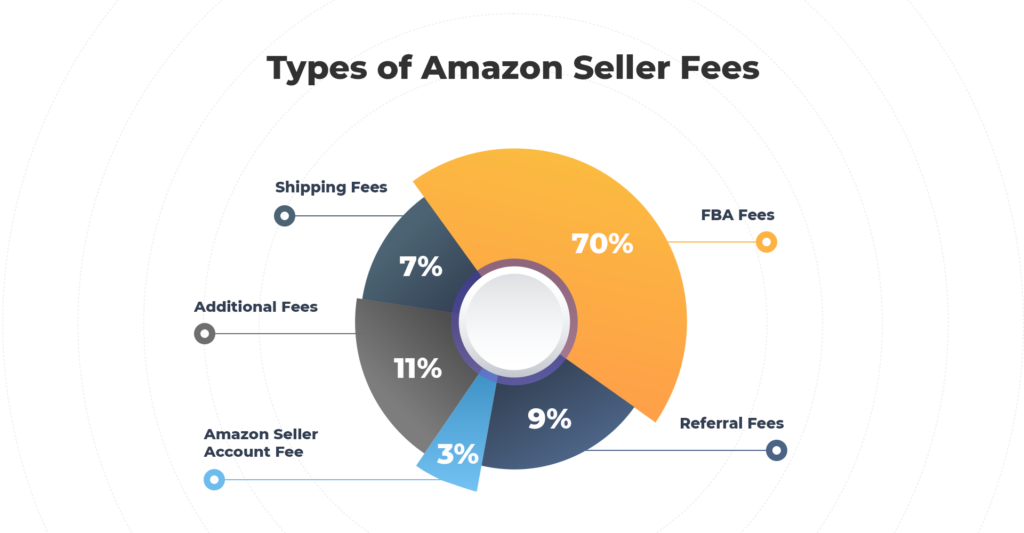
2. You Don’t Own Your Customers
On Amazon, the customers aren’t yours—they belong to Amazon. They control the data, the interactions, and the loyalty. Sellers are completely cut off from direct customer engagement, which means:
- No way to build relationships or brand loyalty.
- Limited opportunities for upselling or gathering feedback.
- Zero control over how your brand is perceived.
As we pointed out in The Reality Behind Darren Campbell’s ‘FBA Brands’, Campbell’s model of sourcing generic Alibaba products doesn’t help you stand out. Instead, you’re just another anonymous seller in Amazon’s crowded marketplace.
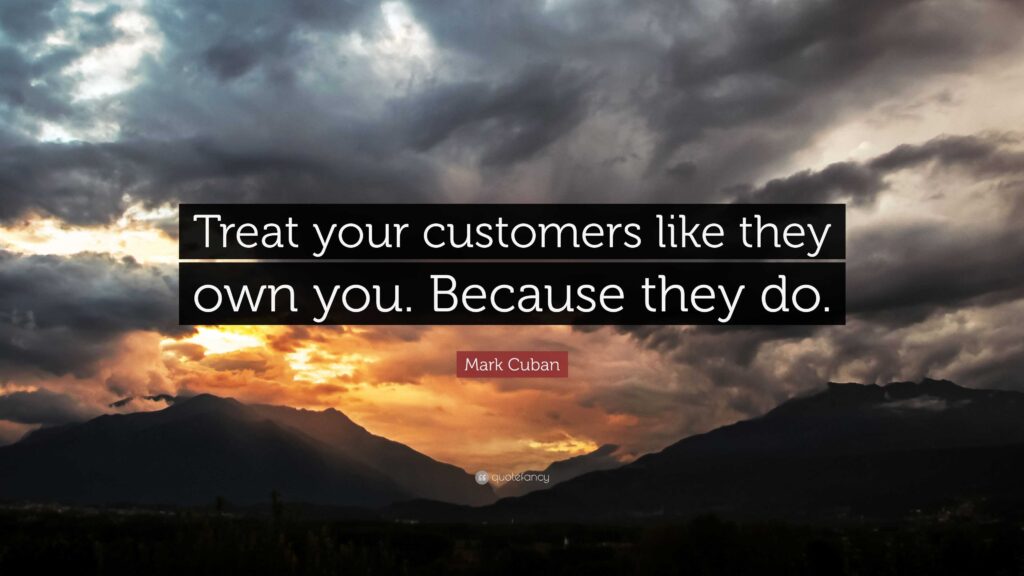
3. Competition Is Brutal
If you’re selling generic products with no real differentiation, you’re competing with countless other sellers offering nearly the same thing. In this race to the bottom:
- You’re forced to slash prices to stay competitive.
- You’re reliant on costly Amazon PPC campaigns to gain visibility, which further eats into profits.
As detailed in Who’s Really Running Your Ads?, many of Campbell’s participants struggle to break even on ad spend, let alone turn a profit.
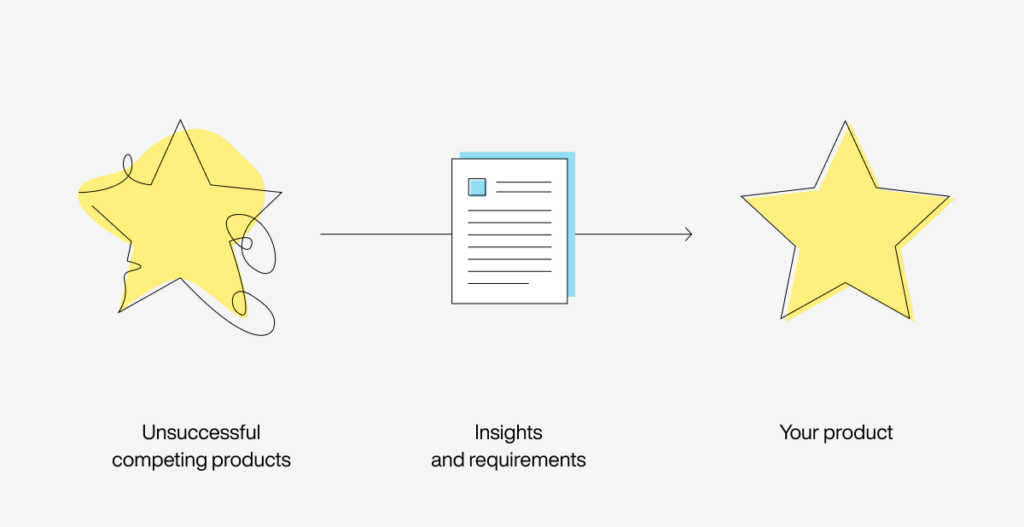
4. All Your Eggs in One Basket
Amazon sellers are at the mercy of the platform’s policies, algorithms, and sudden changes. What happens when:
- Amazon suspends your account without warning?
- A competitor undercuts your price and takes your market share?
- Listing fees and advertising costs rise again?
Programs like Campbell’s don’t emphasize diversification, leaving participants vulnerable to these risks. A sustainable business needs to reduce dependency on any single platform—especially one as unpredictable as Amazon.

How to Build a Resilient, Future-Proof Brand
To escape the Amazon trap, focus on creating a brand that’s built for the long haul. Here’s how:
1. Launch Your Own E-Commerce Website
A dedicated website puts you in control of your brand, your customers, and your profits. Benefits include:
- Avoid Amazon’s Fees: Save on storage and fulfillment costs by managing your operations or using alternative logistics providers.
- Build Customer Relationships: Collect emails, engage with your audience, and foster loyalty—things Amazon doesn’t allow.
A strong website also increases your brand’s value, making it more attractive to buyers if you ever decide to sell.
Recommended reading:
Blogs and Guides:
- Shopify’s Ultimate Guide to E-Commerce Websites – Learn how to build and design a professional online store.
- BigCommerce Blog: E-Commerce Trends & Insights – Insights on how to create a compelling shopping experience.
Courses:
- “E-Commerce Essentials” on Udemy ($20–$100) – A beginner-friendly course for creating and managing your e-commerce site.
- Skillshare: Build a Shopify Store That Sells (Free trial available) – Step-by-step instructions to create a Shopify store.
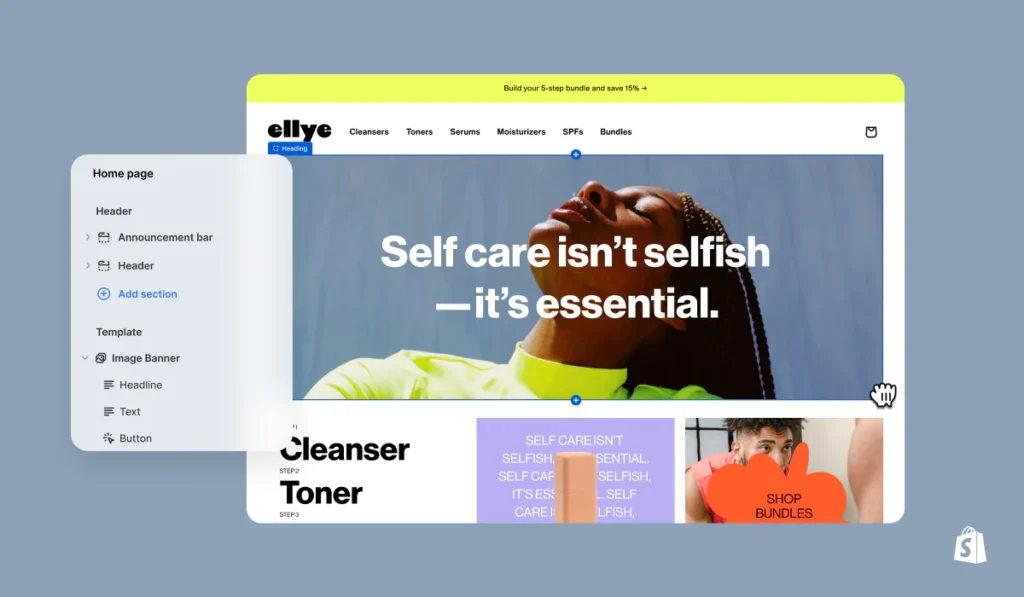
2. Master SEO and Content Marketing
Amazon PPC might get you temporary visibility, but it’s expensive and unsustainable. Instead, invest in:
- SEO Optimization: Rank your website on Google for keywords your target audience is searching for.
- Content Marketing: Create blog posts, guides, and videos that establish your authority and attract organic traffic.
- Backlinks: Partner with other sites to improve your credibility and search rankings.
Unlike PPC, these strategies provide long-term results and cost less over time.
Recommended reading:
Blogs and Guides:
- Moz Beginner’s Guide to SEO – A free, in-depth SEO guide that covers everything from keyword research to link building.
- HubSpot Blog – Regular posts on SEO, content marketing, and digital advertising.
Courses:
- Google Digital Garage: Fundamentals of Digital Marketing (Free) – A free certification course by Google on SEO and digital marketing.
- Ahrefs Blogging for Business – Focused on creating content that drives traffic and sales.

3. Build a Community Around Your Brand
Successful brands don’t just sell products—they create a sense of belonging. Use tools like social media, newsletters, and loyalty programs to build lasting relationships with your audience. Examples include:
- Exclusive Deals: Offer early access or discounts to loyal customers.
- Community Features: Create Facebook groups or forums where customers can share their experiences and connect.
Amazon doesn’t allow this kind of engagement, but your own platform opens the door to endless possibilities.
Recommended reading:
Blogs and Guides:
- HubSpot Blog: Customer Engagement Strategies – Articles on building customer relationships and engagement.
- Social Media Examiner – Tips for creating meaningful connections through social platforms.
Courses:
- “Community Building on Social Media” on LinkedIn Learning (Free trial) – Learn how to engage audiences and grow a community on platforms like Instagram and Facebook.
- Facebook Blueprint Certification (Free) – Training on using Facebook Groups and Ads to build and engage communities.

4. Diversify Your Sales Channels
Relying on one platform is a recipe for disaster. Expand your presence by selling through:
- Your Website: Control the entire customer experience.
- Other Marketplaces: Consider platforms like Etsy, eBay, or Walmart.
- Wholesale: Partner with retailers to stock your products and reach more customers.
Diversifying your channels protects your revenue and reduces the risk of platform dependence.
Recommended reading:
Blogs and Guides:
- Oberlo Blog on Multi-Channel Selling – Covers the benefits and logistics of expanding sales beyond Amazon.
- Etsy Seller Handbook – Perfect for sellers exploring niche or handcrafted markets.
Courses:
LinkedIn Learning: Online Selling Across Channels (Free trial) – Overview of managing inventory and maximizing sales across multiple platforms.

The Reality of Darren Campbell’s FBA Model
Campbell’s program markets itself as a way to build “sellable brands,” but the reality often falls far short. Key flaws include:
- No Customer Loyalty: Generic Alibaba products don’t foster trust or brand recognition.
- No IP Ownership: Without intellectual property like trademarks or patents, your brand lacks uniqueness.
- No Diversification: Participants are funneled into relying solely on Amazon, leaving their businesses vulnerable.
Campbell’s focus on mindset and motivation overshadows the hard skills needed to succeed, like PPC mastery, SEO, or independent website management. As explored in The FBA Brand Builder Awards: Are the Million-Dollar Successes as Real as They Seem?, many of the program’s so-called success stories are built on fragile foundations.
The Bottom Line: Build a Brand, Not Just a Listing
Amazon can be a great tool to start your business, but it should never be your entire strategy. A future-proof brand needs more than just an Amazon listing—it requires control, customer connection, and diversification.
Programs like Darren Campbell’s might sell you on dreams of quick success, but they fail to prepare you for the complexities of building a sustainable e-commerce business. Don’t settle for a flashy promise—invest in strategies that truly last.
If you’re serious about long-term success, it’s time to look beyond Amazon and build a business on your own terms. Your brand deserves better.

